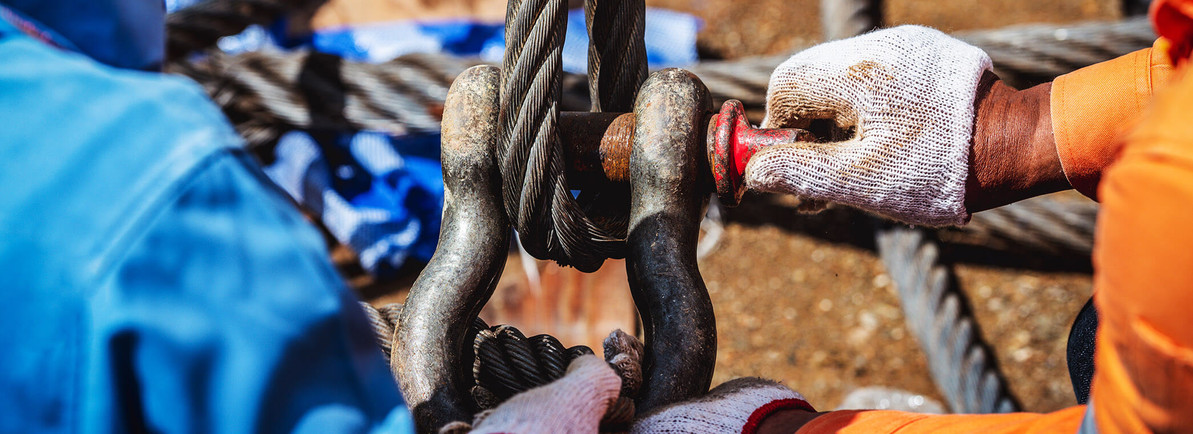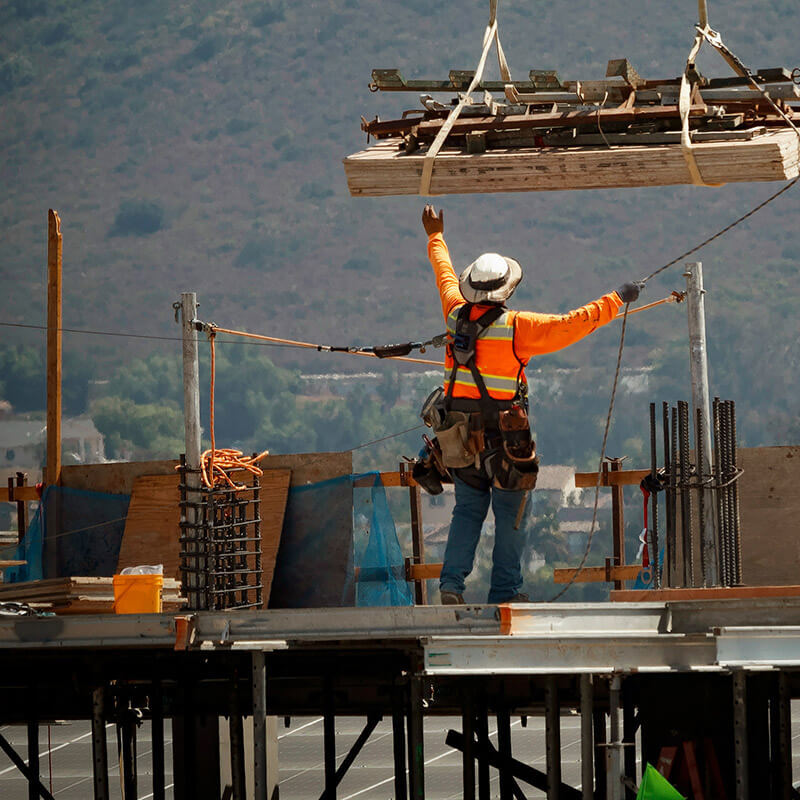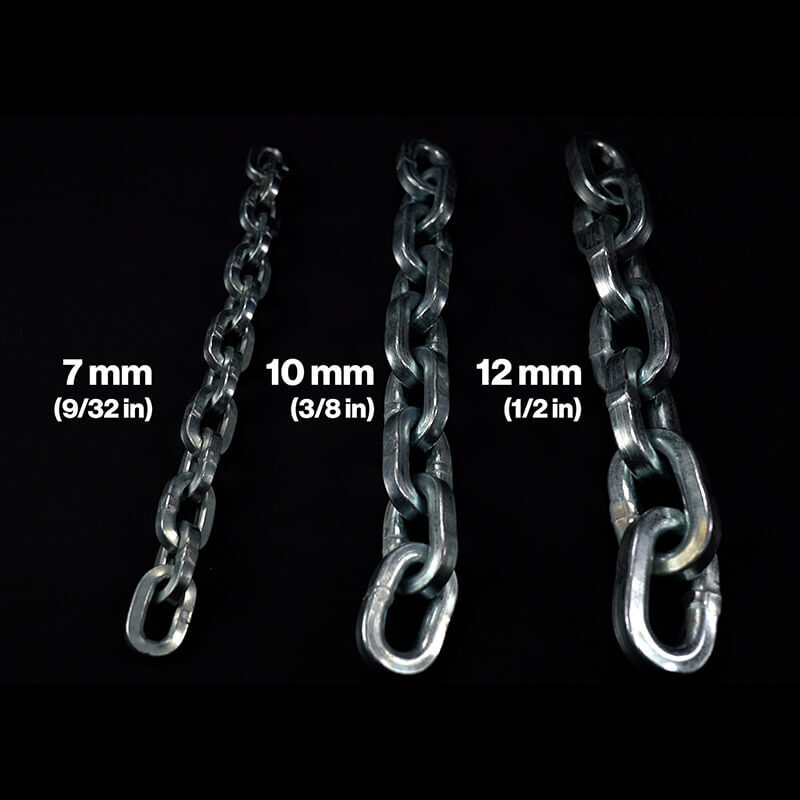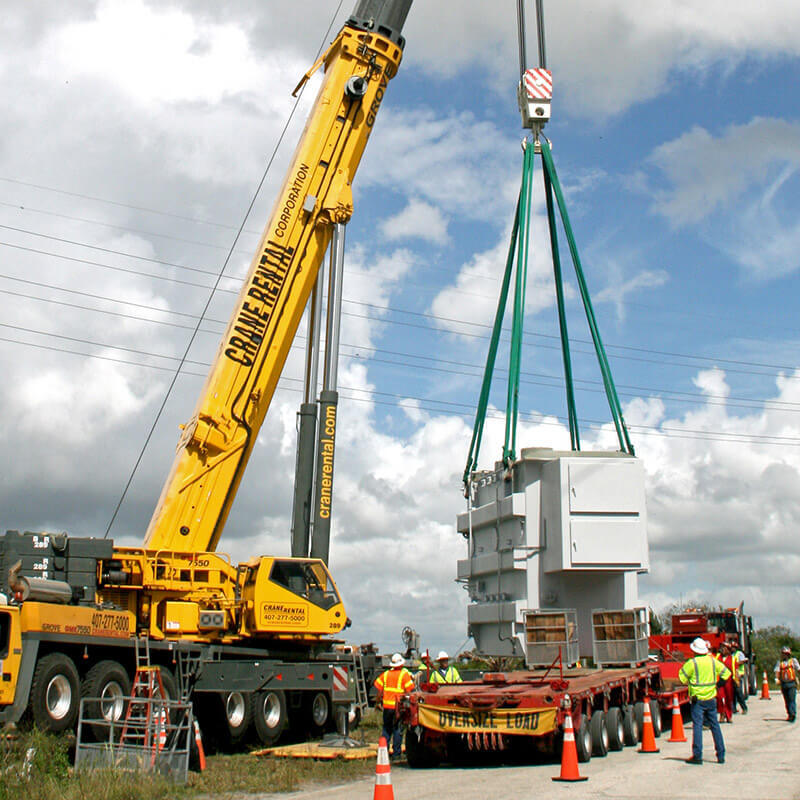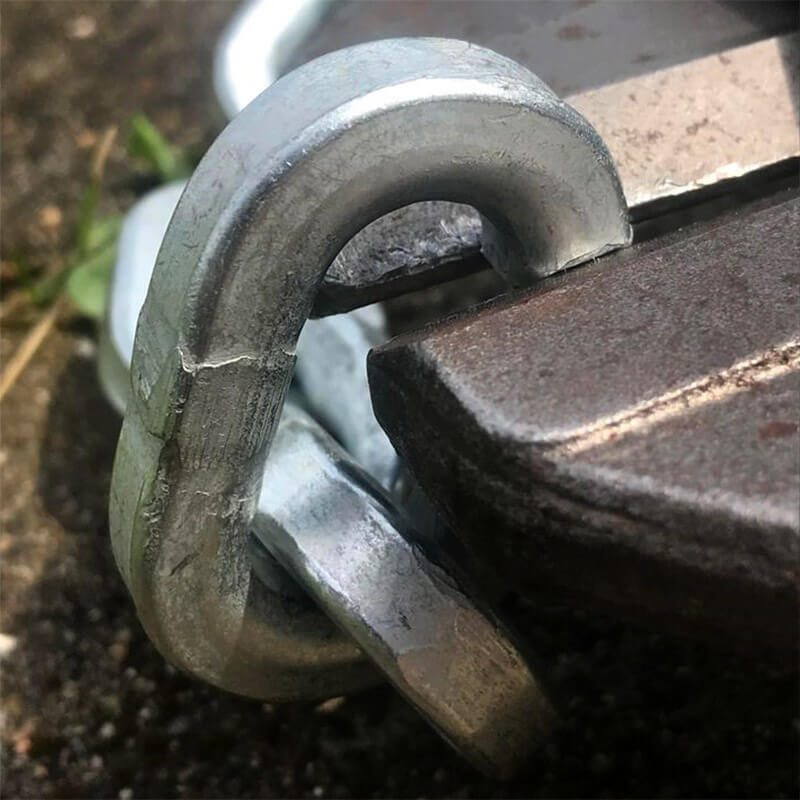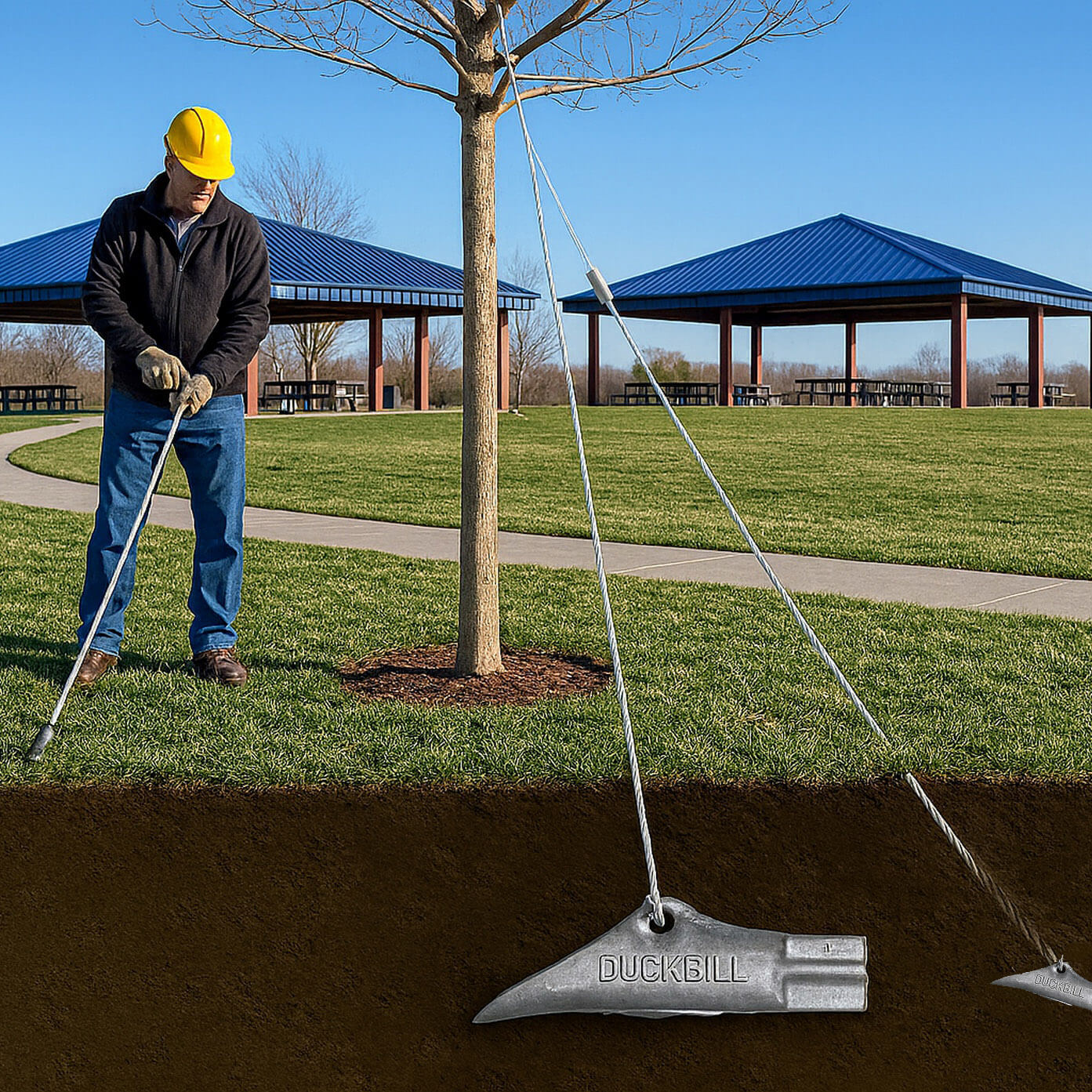What Equipment is Used for Rigging?
Rigging Equipment for Safe and Efficient Lifting
Rigging equipment underpins safe lifting operations in construction, manufacturing, shipping, and energy sectors. The right gear ensures loads are moved efficiently while maintaining compliance with OSHA regulations and ASME standards. Selecting proper rigging equipment directly impacts worker safety, equipment longevity, and overall jobsite performance.
Common Rigging Equipment
- Slings. Wire rope slings provide long-lasting strength for heavy construction and marine use. Chain slings offer durability and heat resistance, making them ideal for foundries and steel production. Synthetic slings are lightweight, flexible, and protect delicate or finished surfaces.
- Hooks and Shackles. Hooks and shackles are both connectors, but they serve slightly different purposes. Hooks are commonly the main connection point at the end of a crane line, chain sling, or wire rope sling, often equipped with safety latches in accordance with ASME B30.10 recommendations. Shackles serve a similar role as a connection point but are more versatile — typically used to connect slings, hardware, or other rigging components together, rather than at the very end of a crane line. In all cases, hardware must be used within its rated capacity.
- Hoists. Chain, lever, and electric hoists provide vertical lifting power in warehouses, plants, and jobsites where controlled lifting is required.
- Winches. Winches deliver controlled pulling force and, when specifically rated, can also be used for lifting. They are commonly paired with wire rope in industrial and marine environments.
- Lifting Beams and Spreader Beams. While both support loads by distributing weight, their design and application differ:
- Lifting Beams. Lifting beams experience bending forces and are typically heavier, stronger, and more durable. They are ideal when headroom is limited, since they don’t require top rigging slings or chains, making them effective in confined spaces. They can distribute loads along their length using multiple lifting points, though they are more expensive per foot and per ton of capacity.
- Spreader Beams. Spreader beams experience compressive forces and are lighter and more cost-effective than lifting beams of similar capacity. They require top rigging — meaning more headroom is needed — but they excel at stabilizing wide or heavy loads by distributing weight evenly at the ends. This makes them ideal for lifting long, bulky, or delicate items where balance is critical.
Key Differences: Lifting beams handle bending stress and require less headroom, while spreader beams handle compression, are lighter and less expensive, but need more headroom and top rigging.
Safety and Compliance
Rigging equipment must be inspected before each use. OSHA 29 CFR 1926.251 requires employers to remove from service any gear showing wear, cracks, distortion, or corrosion. ASME B30 standards define working load limits, inspection intervals, and removal criteria for slings, shackles, hooks, and related hardware. Only qualified riggers should perform lifts, and equipment should be stored clean and dry to maximize service life.
Why Choosing the Right Equipment Matters
Different environments demand different rigging solutions. Steel mills rely on chain slings for their heat resistance and durability. Fabrication shops use clamps and beams to safely handle structural components. Shipping yards benefit from synthetic slings that protect finished goods during container handling. Matching rigging gear to the load and environment improves safety, efficiency, and compliance.
Rigging Solutions from Lifting.com
Lifting.com supplies a complete range of rigging products — including slings, shackles, hooks, hoists, winches, clamps, beams, and spreader bars — all designed to meet or exceed OSHA and ASME requirements. Explore our catalog to find the right rigging tools for your next project.
Frequently Asked Questions
What is rigging equipment used for?
Rigging equipment is used to lift, move, and secure heavy loads across industries such as construction, manufacturing, and shipping.
What are the different types of rigging equipment?
Common types include slings, shackles, hooks, hoists, winches, clamps, beams, and spreader bars. Each serves a specific lifting or securing application.
Why is safety important when using rigging equipment?
Proper safety practices prevent dropped loads, equipment damage, and worker injuries. OSHA and ASME standards mandate inspections, training, and proper use of rigging gear to reduce risks.
How often should rigging equipment be inspected?
All rigging equipment must be inspected before each use, with additional periodic inspections required under OSHA and ASME standards depending on the equipment type and frequency of use.
What Is a Kernmantle Rope Used For?
Nov 21st 2025
What Is a Fall Protection Harness?
Nov 14th 2025
What are the four components of a PFAS?
Nov 7th 2025
Is Palmer Safety OSHA Compliant?
Nov 3rd 2025
What’s the Hardest Chain to Cut?
Oct 20th 2025
What are the most common tools used in rigging?
Oct 13th 2025
What Is the Strongest Security Chain?
Oct 7th 2025
Are Pewag Chains Good?
Oct 3rd 2025
What Are DuckBill Anchors Used For?
Sep 26th 2025

